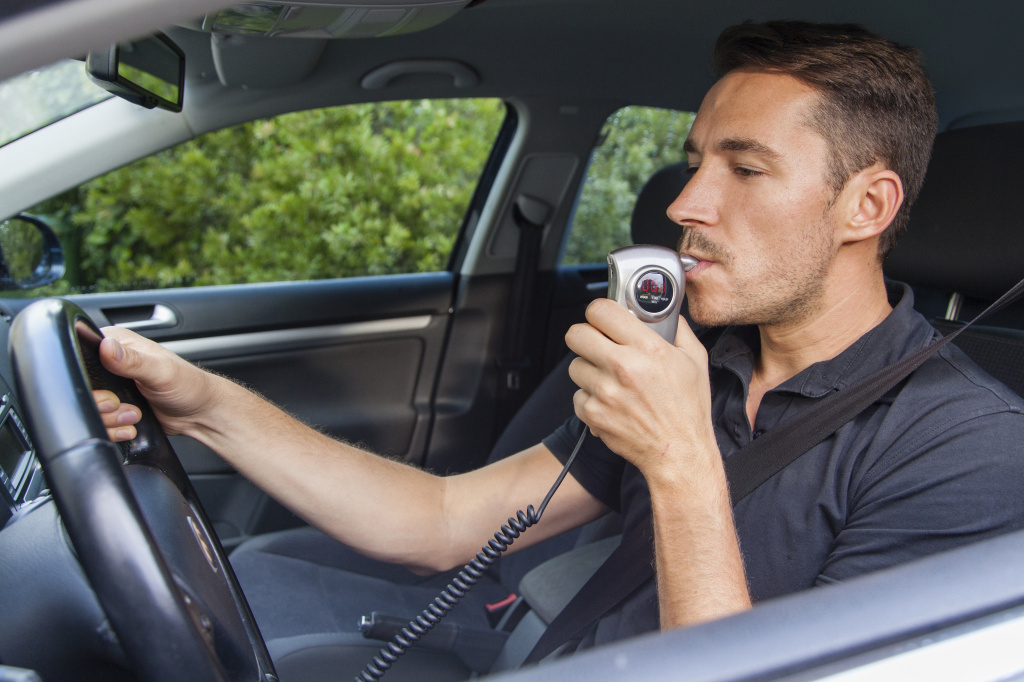If you have been convicted of a DUI, there are options to install an Ignition Interlock Device (IID) in your car to help return your driving privileges.
An IID requires you to blow into an alcohol detection device that will prevent your vehicle from starting if any alcohol is present in your breath¬—it may also be known as a Breathalyzer. Since 2010, new laws require the installation of IIDs in vehicles. A second or third DUI conviction in California comes with the option of installing an IID in exchange for a shorter license suspension period.

While an IID appears restrictive, you might have more freedom with a IID hooked up in your car than without one. In many cases, IID installation brings unrestricted driving anywhere you want to go, more than driving just to and from work.
 Placer Criminal Defense Lawyer Blog
Placer Criminal Defense Lawyer Blog


